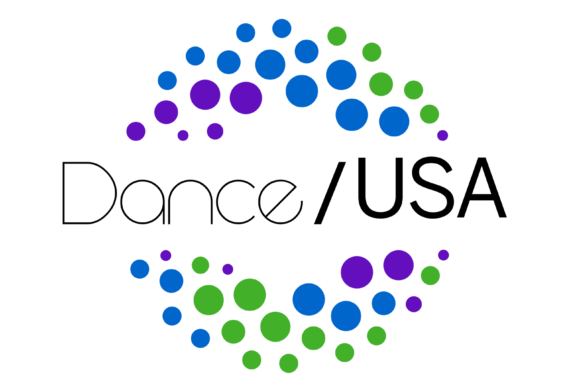Dancers on the Hill: Arts Advocacy Day 2011
On April 4 and 5, 2011, more than 500 arts advocates from across the country met in Washington, D.C., to tell their elected officials about the important role the arts play in the lives of constituents and the communities where they live.
Gaining Traction (or the Slip ‘n Slide), Part 2
While many communities offer anchor festivals, residencies, and commissioning programs to which choreographers may apply, among other ongoing opportunities, dance makers across the country indicate that self-producing can be beneficial for gaining traction at any time in one’s career. But, many warned, it must be well examined and timed. It is a misperception that self-producing occurs only early in a choreographic career as a step to being fully presented. In the present climate, a lot of DIY energy is circulating, particularly due to the stifled economy. This results in alternative venues and channels from which to launch new works.
Gaining Traction (or the Slip ‘n Slide) – Part 1
Warning to choreographers: hard work ahead. Yet, those who sign up to make dances are usually aware of the ongoing rigor involved on this path. For some artists, the mere question of how to gain traction draws silence, sighs, and even laughs, reflecting the challenging and individualized trajectory of choreographers. Illuminating current possibilities, a handful of voices from across the country share what has proved relevant to making progress and gaining momentum for creating new works in today’s challenging dance climate. Drawing from experiences of dance professionals and artists operating in solo, project-based, and company structures, Part 1 mines the personal qualities, practices, and DIY ethos of choreographers, and Part 2 (coming Thursday) addresses the role of artistic self production in the mix of platforms for delivering dance.
Prepare for Arts Advocacy Day 2011
On April 4 and 5, 2011, approximately 450 artists, arts administrators, philanthropists, and corporations will descend on Washington, D.C., for the 24th Arts Advocacy Day (AAD). Coordinated by Americans for the Arts, this year’s AAD occurs during intense budget debates, as legislators are making crucial spending decisions in an effort to reduce the national debt. This year, several key issues are at stake, including funding for the National Endowment of the Arts and Arts in Education programs.
Social Media and the Arts: The Unbearable Nuance of 140 Characters
This week the social media world burst into a flurry of conversations thanks to a Wall Street Journal article that revealed the New York City Ballet was working on a social media policy for its employees and artists, and that this policy may have been driven by the Twitter behavior of a single dancer.
Shall We Dance, or Shall We Engage in Some Body-Based Movement?
What do you do when a “revolutionary,” “rebellious” art form becomes “classic”? … We need new words, new ways of thinking, and new methods of engaging with the public because our federal funding is once again under severe threat to be cut and it is up to us (as usual) to figure out how to exist, and what our existence will look like.
My Eyes, Your Body
We have habituated our gaze toward a narrow set of proportions based on the kind of dance we watch and the expectations we bring to our viewing. Our eyes have grown lazy. We simply don’t see enough professional dance with a variety of bodies on stage. And I have interviewed numerous artistic directors in the ballet and contemporary genres over the years who claim they love all kinds of bodies.
The Black Swan Effect: Fleeting Chimera, Or a Catalyst for a Second Dance Boom?
In ballet circles, a tantalizing question has generated much excitement and speculation: Is Black Swan the new Turning Point, the 1977 film that helped to popularize ballet and ushered in the high summer of “the dance boom” when Americans seemed to fall in love with dance? Could Black Swan ignite a second great love affair between Americans and classical ballet in the 21st century?
Cross-Training Across Generations: Current Challenges in Arts Administration
Most organizations currently support a traditional model for upward movement, from entry-level, to mid-level, to management, to executive. But are these structures best for the field as we consider this fundamental shift in leadership?



Leading the Dance Field Through Change
During my first few months as the executive director of Dance/USA, I engaged dance leaders from around the country in conversations about the state of the field. What are they experiencing as dance artists and managers? What issues are on the forefront of their daily work? How could Dance/USA help?